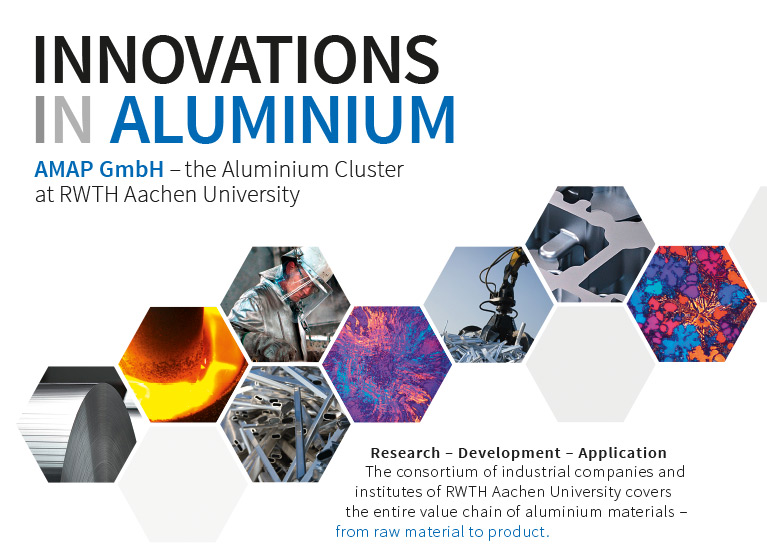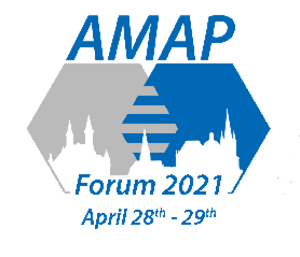IV.1 - Lightweight Solutions for Battery Trays and Structural Components
Christoph Viechtbauer
Nemak Europe GmbH
Summary
Whether powertrain, chassis, body or electromobility: cast and assembled lightweight solutions and complex structural cast components are a core business of the Mexican aluminum processor Nemak, as Christoph Viechtbauer from Nemak Europe emphasized in his presentation “Lightweight Solutions for Battery Trays and Structural Components”. The automotive supplier has full design and development capabilities and uses a flexible manufacturing approach to leverage lightweight potential in body-in-white construction, for example, through structural castings with functional integration.
A key factor for successful lightweight construction with structural castings is the material used. Material design is at the top of Nemak's R&D agenda; an example of a high-strength alloy is the Nemak Al alloy HE 700. The issue of sustainability and thus the use of recycled material is also becoming increasingly important. Nemak's goal is to reduce CO2 emissions in aluminum production by more than 80%. However, as Viechtbauer explained, the available secondary alloys are currently not suitable for meeting the demand for structural castings. However, Nemak is already in the process of validating an hpdc alloy with up to 90% secondary aluminum.
The automotive supplier also demonstrates its solution expertise for new tasks, for example in battery design for e-mobility. The battery housing must not only be as light as possible and crash-proof, but also meet the requirements for the best possible thermal management. Several boundary conditions must be taken into account, for which there are also different solutions. The battery cells should be optimally kept in a constant temperature range of around 25 C. During use and charging, thermal energy is generated that must be compensated for. This can be achieved with liquid temperature control by means of molded-in cooling channels or a second layer with cooling channels. In the future, battery temperature control could be achieved by direct liquid cooling with a dielectric mineral oil and phase change materials. There are also different approaches to fire protection. An aluminum battery housing can be fitted with a sheet steel cover or an aluminum cover with a fire protection coating.
The choice of joining technology plays a key role when joining different materials such as aluminum profiles with aluminum castings to form a tight battery housing. As Nemak expert Viechtbauer explained, friction stir welding in particular shows its strengths as a joining process. Even steel and aluminum can be securely joined using this innovative joining technique. Friction stir welding is a solid-state welding process. The materials do not fuse together, which is why no porous weld seam is created. The process also requires no additives such as inert gas or flux. The welding depth is not limited during friction stir welding, neither preparation nor reworking is required.
With materials and technologies in aluminum, Nemak is well prepared for future mobility trends and the potential for aluminum solutions is great, as Viechtbauer concluded. E-mobility in particular opens up new opportunities for foundries and aluminum processors, as illustrated by the example of the battery housing. From cost-effective one-piece die-cast housings in large-scale production to complex assemblies with high-strength structural casting, any design requirement can be fulfilled with aluminum.
The choice of joining technology plays a key role when joining different materials such as aluminum profiles with aluminum castings to form a tight battery housing. As Nemak expert Viechtbauer explained, friction stir welding in particular shows its strengths as a joining process. Even steel and aluminum can be securely joined using this innovative joining technique. Friction stir welding is a solid-state welding process. The materials do not fuse together, which is why no porous weld seam is created. The process also requires no additives such as inert gas or flux. The welding depth is not limited during friction stir welding, neither preparation nor reworking is required.
With materials and technologies in aluminum, Nemak is well prepared for future mobility trends and the potential for aluminum solutions is great, as Viechtbauer concluded. E-mobility in particular opens up new opportunities for foundries and aluminum processors, as illustrated by the example of the battery housing. From cost-effective one-piece die-cast housings in large-scale production to complex assemblies with high-strength structural casting, any design requirement can be fulfilled with aluminum.


